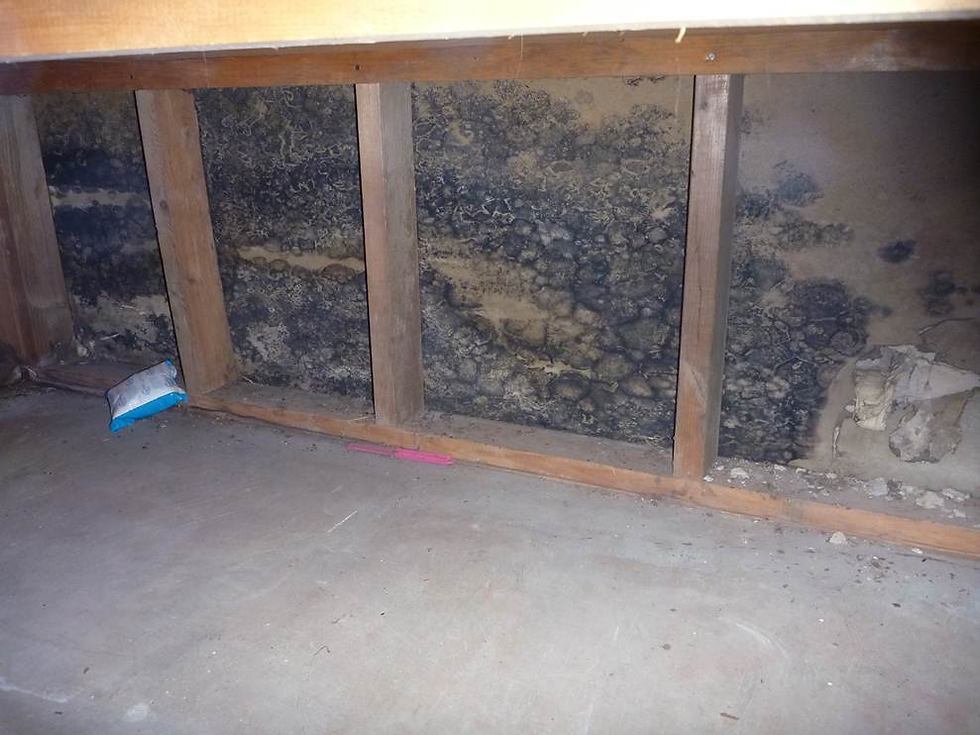Five Inspection Red Flags Arizona Investors Can't Afford to Ignore
- Brad Patterson
- Mar 31
- 2 min read
In Arizona's dynamic real estate market, certain property issues carry significantly higher risk factors than others. While cosmetic problems can usually be addressed with straightforward solutions, structural and system-level deficiencies often hide exponential costs. Smart investors learn to recognize these major red flags during the inspection process.

Foundation Issues in Arizona Properties
Arizona's soil composition creates unique foundation challenges. Clay-heavy soils expand when wet and contract when dry, creating movement that can damage foundations over time. Look for telltale signs like stair-step cracks in exterior walls, doors that no longer close properly, or noticeable sloping in floors.
Professional inspectors will identify these warning signs and can recommend appropriate follow-up evaluations. While some foundation issues have straightforward solutions, others may indicate severe structural compromise that could undermine the entire investment with very costly repairs.
Roof System Deficiencies
Arizona's harsh sun and monsoon rains create a particularly challenging environment for roofing materials. When evaluating properties, pay special attention to signs of roof deterioration, including curling shingles, missing tiles, or evidence of previous leaks in attic spaces.
Roof replacement represents one of the largest capital expenditures for property owners, with costs ranging from $15,000 to $30,000 for average-sized homes. Moreover, roof leaks quickly cascade into secondary damage affecting insulation, drywall, and even electrical systems. As a result, addressing roof issues before purchase provides significant financial protection.
Outdated Electrical Systems
Older properties throughout Arizona often contain electrical systems that no longer meet modern safety codes or usage demands. Aluminum wiring, common in homes built between 1965 and 1973, poses particularly high fire risks. Similarly, outdated electrical panels may be unable to handle the heavy cooling demands of Arizona summers.
A thorough inspection will evaluate not just the visible electrical components but also assess whether the system can safely support current and future needs.
Plumbing Deterioration
Arizona's hard water accelerates plumbing deterioration, especially in galvanized and polybutylene pipes common in older properties. An experienced inspector will check for decreased water pressure, visible corrosion, and signs of previous leaks that may indicate systemic plumbing problems.
Complete plumbing system replacement typically costs between $5,000 and $20,000 depending on home size and accessibility. However, this investment often pays dividends through reduced emergency repairs and water damage prevention. Additionally, updated plumbing systems serve as attractive selling points for future buyers or rental prospects.
Evidence of Pest Infestations
Arizona's desert environment harbors numerous pests that can damage property structures. Termites represent the most significant concern, causing over $5 billion in property damage annually across the United States. Their presence often remains undetected until significant structural damage has occurred.
Additionally, scorpions, roof rats, and other regional pests leave distinctive signs that experienced inspectors can identify. Addressing these issues before purchase prevents both property damage and potential liability issues with future tenants.
Check out our partner company, Queens Termites, for any pest control issues.
Contact us today to discuss how we can help!
Patterson Property Inspections
480-712-8820





Comments